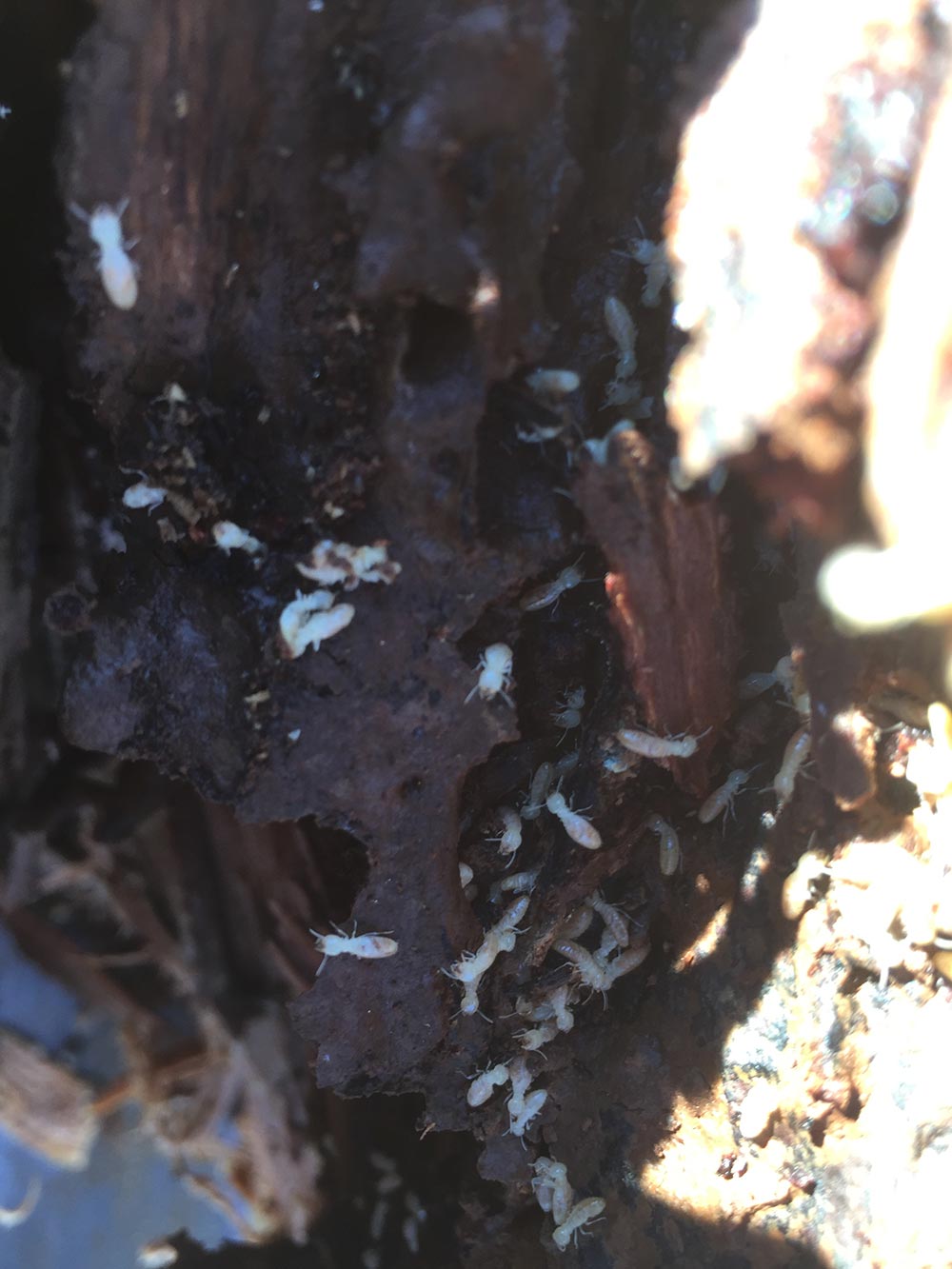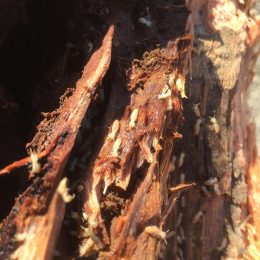Timber Pest Inspections
Before buying, inspect for peace of mind
A timber pest inspection is specifically conducted to inspect solely issues related to timber pest damage to homes and properties. Please note it does not cover structural building defects and issues that a building inspection scope does. If you require both a structural building and pest inspection please see our dedicated service “Combined Building & Pest Inspection“
When buying a property it is essential to check for past or present timber pest activity in the home and surrounding area. An untrained eye can easily miss significant structural damage caused by timber pest attacks. A Timber Pest Inspection cover fungal decay (timber rot), wood-boring insects, and subterranean termites. Statistically, 1 in 3 Australian homes have or will be attacked by termites alone.
A Timber Pest Inspection, also known as a Pest Inspection, is conducted in accordance with the Australian Standard AS4349.3 and will assess the evidence and severity of damage caused by timber pests, how conducive or susceptible the building is to infestation by timber pests, any necessary remedial works and protective measures recommended in the future.
The inspection shall comprise of non-invasive measures to inspect the property for evidence of timber pests and the damage caused by timber pests. Also, to form an opinion regarding the susceptibility of the property to infestation of timber pests.
The timber pests covered by this standard are subterranean damp-wood termites, borers of seasoned timbers in service and wood decay fungi.
What’s not included?
Items not typically covered by a timber pest inspection include:
- Non-wood damaging pests
- Drywood termites – although wood damaging these are excluded due to the extreme difficulty in locating the small colonies and rare incidence in Australia.
- Invasive inspection – it should be noted that the inspection does not involve any cutting, dismantling, or moving of objects or accessing areas that are concealed, obstructed or unsafe.
- Underground inspection.
- Mould (mildew) or non-wood decay fungi.
- Inspection of areas without suitable access – minimum measurements exist for access holes, crawl space and ladder heights.
- Rectification costs.
What we’ll search for:
- Fungal decay (timber rot)
- Wood-boring insects
- Subterranean termites
- Wood decay fungi

















